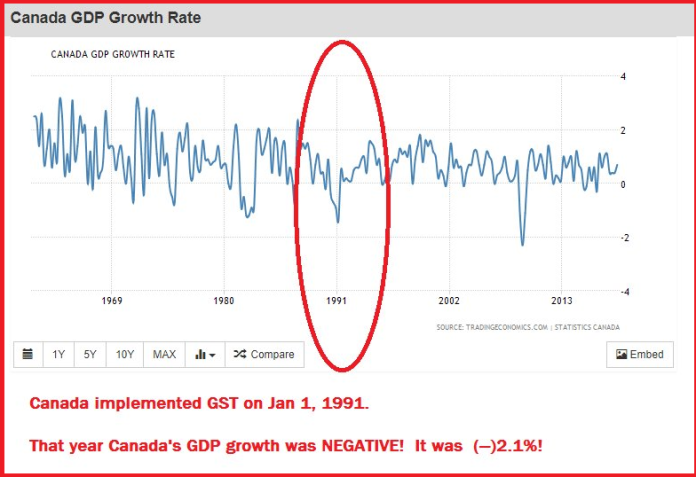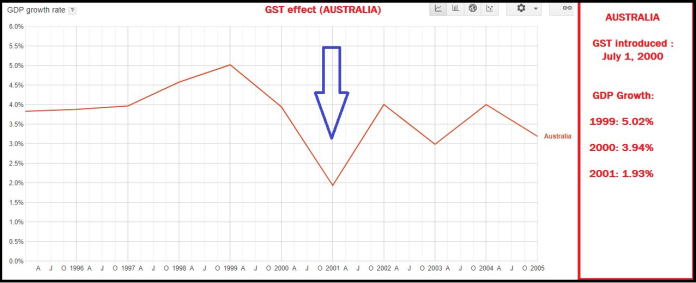Growing up in India means that we all know Kashmir to be a dangerous place where precious Indian lives are lost on a daily basis. This has always been the norm, as far back as we can remember. I think that every child knows the expression ‘Line of Control’ or ‘LoC’ by the age of five. Indian soldiers posted in harsh conditions, both civilians and security forces getting killed in the enemy fire and terrorist attacks. The only Indians who might remember a time when Kashmir was not like this would probably be well over 70 years old.
But the fact is that it didn’t have to be so. It is true that there was an orgy of violence at the time of Partition. But eventually the horrors came to an end and people began to rebuild their lives with whatever they had left.
There were other princely states besides Kashmir where things did not go smoothly after the British left. Such as Junagadh or Hyderabad. In fact, Goa was incorporated into the nation only in 1961, after a brief flashpoint with the Portuguese.
But in each of these cases, the problems went away quickly after accession. None of them turned into the living horror that India has been suffering in Kashmir for the last 70 years.
When Pakistan first invaded the then independent princely state of Kashmir in Oct 1947, the Maharaja Hari Singh signed the instrument of accession to India in return for help from the Indian Army. The Indian Army quickly recovered two-thirds of Kashmir. One wonders how history would have turned out if the Army had been allowed to recapture the whole of Kashmir instead of Nehru making the blunder of taking the matter to the UN.
In fact, India requested UN intervention to broker a peace as early as Jan 1, 1948, when the Army was still in the thick of operations. One wonders what kind of impact this would have had on the morale of the Indian soldier still fighting on the frontier when he heard that his government was already pleading for peace.
The UN brokered a ‘ceasefire’. Since that day, Kashmir has remained an open wound.
Suppose one were to sit down and count the total cost since that blunder in 1948. All the lives that have been lost. All the sufferings that have been visited upon the lives of soldiers and civilians. And all the money that has been spent by the state on preventing disturbances in Kashmir. Don’t forget to count the opportunity cost as well, i.e., what would Kashmir have become today had it been as peaceful as Hyderabad or Goa? Think of the tourist potential of Kashmir. They call it ‘Heaven on Earth’ for a reason.
So what is the total cost? What astronomical sum does it come to?
These days everyone wants to count every paisa and keep the government accountable. Which is fundamentally a good thing. People want to know the “cost” of the 50-day demonetization experiment. They want to ensure that the 3000 crores spent on the Statue of Unity are recovered fully and quickly through stimulus to the local economy. And any loss to the economy, real or perceived, is examined with a fine-toothed comb. Even when it comes to GST, which is an obvious investment in India’s future.
Even economists who advocated for GST on numerous public platforms are quick to distance themselves from any perceived slowdown in the economy, no matter how temporary.
In his defense, #RaghuramRajan looked really handsome on both occasions. pic.twitter.com/MMERlCO4L9
— Abhishek (@AbhishBanerj) November 11, 2018
In our current public discourse, it does not matter that India overhauled its entire taxation system in 6 months and came out roaring as the fastest growing economy in the world. Compare this, for instance, to the experience that developed countries like Canada and Australia had with GST.


These were highly developed countries with 2-3 crore people with almost fully formalized economies.
But who cares if India implemented GST faster and better than most developed countries? Like the quintessential Indian parent, our intellectuals will be happy with nothing less than 100% perfection. Even if India actually did do better than everyone else in the class, i.e., better than the proverbial Sharma ji ka beta.
Curiously, the only thing our zealous media and intellectuals don’t want to tally up and count is the entire cost of Nehru’s blunder in Kashmir.
This must be what makes Nehru great. Indian intelligentsia refuses to evaluate Nehru by an objective standard, or for that matter, any standard whatsoever.
What was the cost of Nehru’s blunder in Kashmir? Nobody knows and nobody wants to find out.
What was the entire opportunity cost of 40 years of Nehruvian Communism in India? Nobody knows and nobody wants to find out.
What was the entire cost of the ‘visionary’ Nehru positioning India on the wrong side of history, believing that the future is full of hope due to the Soviet Union and what it has done?
It doesn’t matter. He was a visionary no matter what. We don’t measure Nehru. We just worship him. Three generations of intellectuals and their students have been paid to believe and propagate that.
In essence, Nehru was a Bharat Ratna because he went where no Indian kid has ever gone before. He was free from comparisons with the proverbial Sharmaji ka beta.



